Originally known as the Ararat Lunatic Asylum, Aradale was commissioned to accommodate a growing number of “lunatics” in the colony of Victoria in the mid-1800s. Construction on the oldest buildings began in 1860, and over the years until it was closed in 1998, various additional buildings were constructed, creating a fascinating eclectic range of buildings from different eras.
Film and television Sound Recordists often capture 30-60 seconds of room tone for the project they are working on, so that if any additional sounds are added later, they can have a consistent background sound added to that footage without any jarring differences. This video on YouTube is a long-winded but effective demonstration of the concept. Room tones are also an important tool when creating good game audio. Unlike in film or television, game dialogue and sound effects are not usually recorded in a room together with all the other low-level sounds found on a set or location. Most sound designers record each element individually and combine them together using a tool such as FMOD Studio, Fabric or Wwise. This method can lead to there being no room tone at all, and as I mentioned earlier, silence is not a normal state for the world. Even with sound effects and music, the absence of a room tone can give a sense of the game audio somehow lacking, even if the player can’t point directly to what is missing. As our name suggests, sound libraries are a core part of what we do at Sound Librarian. We have spent many years recording and creating a huge selection of sounds tailored for game audio, but we recently realised that although we have created assorted ambiences and environmental sounds, we have not yet created a dedicated library of room tones. A somewhat spooky set of run down historical buildings seemed like a good place to start. Armed with a quad microphone surround sound setup we hid ourselves away from the world for a couple of days. Over the two days of access, we would set up in each room, take a photo of the room as a visual guide, note the dimensions of the room and then use our trusty starter pistol to create an impulse and capture the impulse response for each room. This let us define the reverberant qualities of each room, meaning a sound designer can consistently layer additional sound effects on top of the room tone and add reverberation accordingly.
At one point we had to go outside and actively chase away a particularly inquisitive crow that had decided to keep a running commentary on our activities, our trusty stater pistol did a great job there. Recording your own Room Tones
This provided a single object on a camera tripod (lighter than a mic stand) that could be easily deployed into each room as necessary. The mics were all fed into a Sound Devices 788T SDD. Because of the extremely quiet nature of the recordings the levels were set to 50dB which is higher than we would usually use on this device, but well within its noise floor. The impulse responses needed to be captured at a much lower level due to the extreme output of the cap gun combined with reverberation in the small rooms. So in each room the levels would be altered from 50dB for the room tone down to 3db to capture the impulse response. This process did add extra time to the day as each room needed to involve a careful reset of the input levels across 4 channels, but it ensured we were able to capture both room tones and impulse responses for over 70 spaces over the two-day period. We also removed the wind screens as they were not required indoors and when capturing such low level sounds we wanted to remove anything that might have any chance of affecting the sounds being picked up. Safety In everything we do, we keep safety foremost. The buildings we were in were very old and crumbling in places. Always make sure you are aware of your surrounding environment and safety issues when doing location recording. Considering Others Wherever you are recording, it is important to make sure those around you know what you are doing. We made sure to get permission to access and record the buildings and also made sure that those present on the day knew what we were doing. This avoided interruptions and questions about the noise we were generating with the starter pistol and also ensured we were comfortable to get on with the job and not worry about what others were doing. So what’s next for our room tones library? We’ve got a number of cool old churches, another ex-insane asylum to explore, even an old convent. We are on the constant lookout for new and interesting locations. Our goal is to create a useful collection, so we’re also recording our own house, office spaces and other areas we can get access to. Many thanks to the volunteers at Friends of J Ward and staff at Aradale for unlocking the rooms and providing fascinating historical insights and to NMIT for allowing us access to the site. Check out our sound library collection here.
|
AuthorThe Sound Librarian team has collectively over 15 years of experience working in games, music and sound design. Archives
October 2014
Categories
All
|
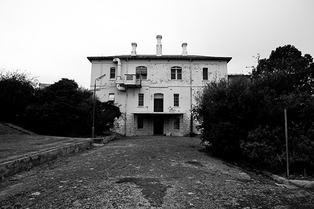
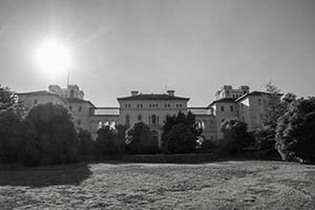

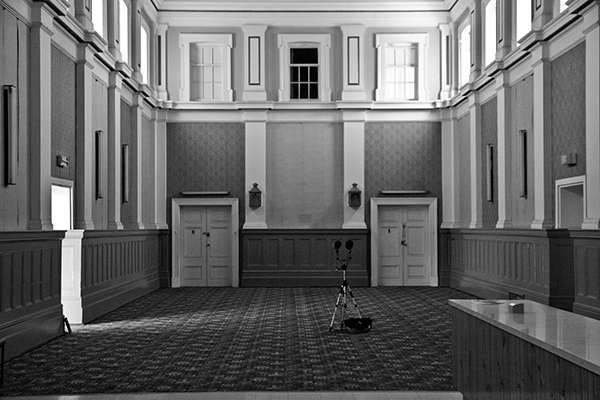



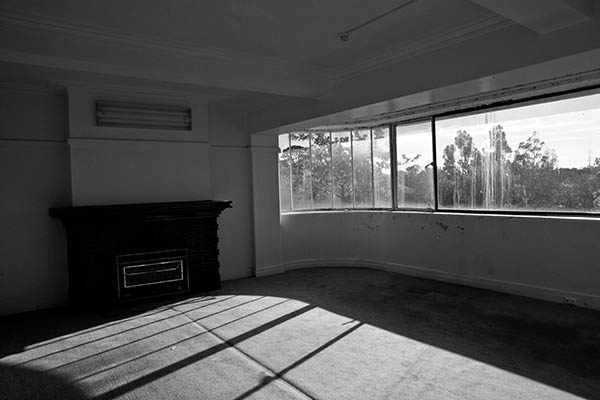
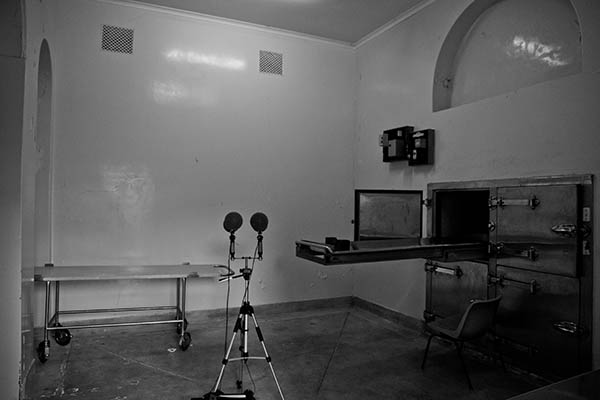
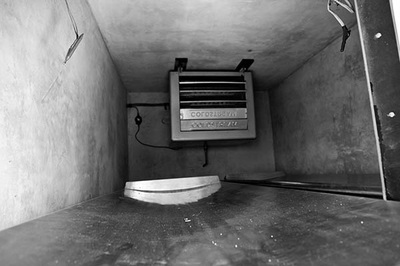
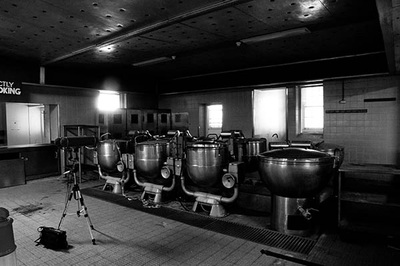

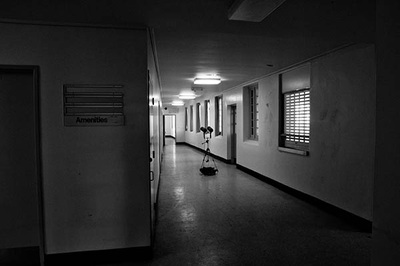
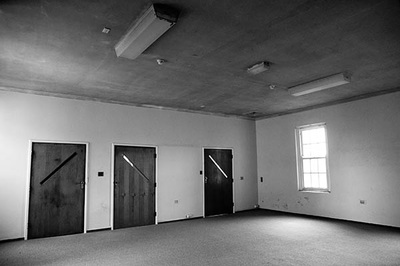
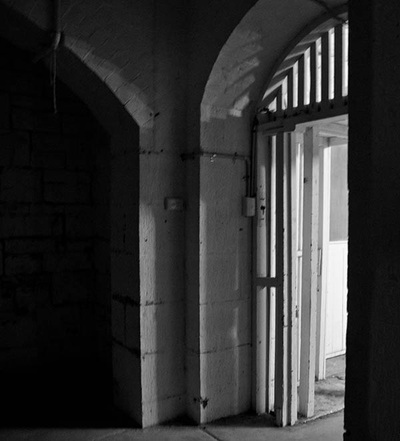


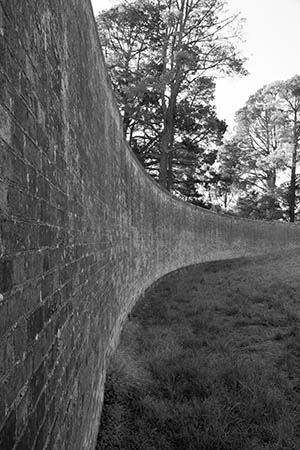
 RSS Feed
RSS Feed